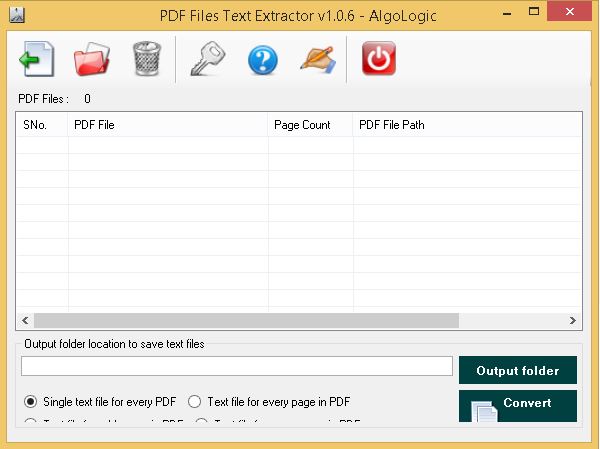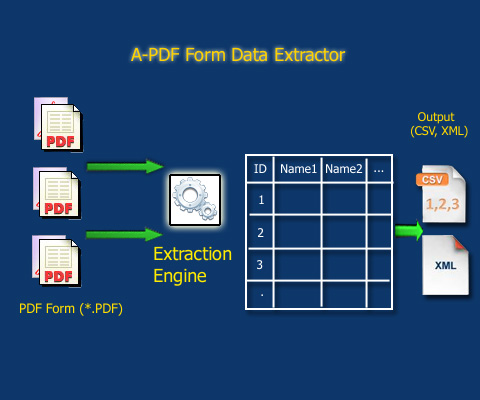
corp <- corpus(c(d1 = "This, is a sentence? You: come here.

Batch Mode - Select a group of files and extract the text from all of them in one go. TextExtractor works in three different modes :- Instant Mode - Just select any file and extract the text from it. In order to create an NP-chunker, we will first define a chunk grammar. You should use corpus_reshape() to split documents into sentences, but you can do similar operations using corpus_segment() by setting pattern_position = "after". TextExtractor extracts plain text from hundreds of different file types, storing the text extracted in suitably named text files. This method of getting meaning from text is called Information Extraction. Smith: Text.Ĭorp_speakers <- corpus_segment(corp_speeches, pattern = "\\b.+\\s+:", valuetype = "regex")Ĭbind(docvars(corp_speakers), text = as.character(corp_speakers)) Speaker identifiers corp_speeches <- corpus("Mr. # text1.3 #DOC3 Third document starts here. # text1.2 #DOC1 This is the first document. Letters can follow a regular extraction pattern (eg: 1 letter of 2). It is possible to hide a text into another by adding parasites letters.

# text1.1 #INTRO This is the introduction. Tool to extract letters from a message according to a pattern.

"#INTRO Document #NUMBER Two starts before #NUMBER Three."))Ĭorp_sect <- corpus_segment(corp_tagged, pattern = "#*")Ĭbind(docvars(corp_sect), text = as.character(corp_sect)) Document sections corp_tagged <- corpus(c("#INTRO This is the introduction. This is particularly useful when you analyze sections of documents or transcripts separately. Using corpus_segment(), you can extract segments of texts and tags from documents.


 0 kommentar(er)
0 kommentar(er)
